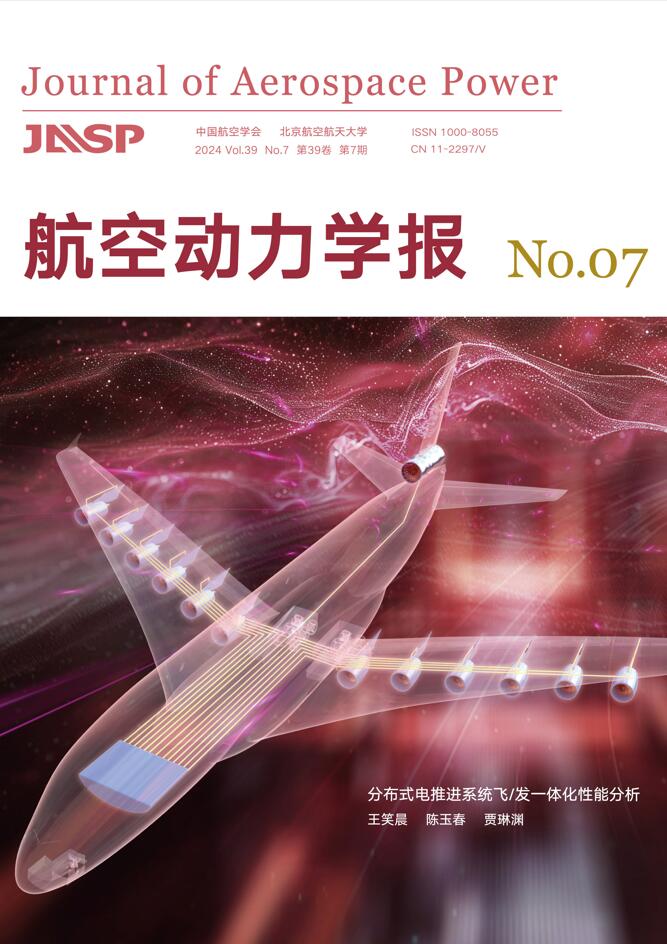2024 Vol. 39, No. 4
Display Method:
2024, 39(4): 20220173.
doi: 10.13224/j.cnki.jasp.20220173
Abstract:
2024, 39(4): 20220303.
doi: 10.13224/j.cnki.jasp.20220303
Abstract:
2024, 39(4): 20220245.
doi: 10.13224/j.cnki.jasp.20220245
Abstract:
2024, 39(4): 20220273.
doi: 10.13224/j.cnki.jasp.20220273
Abstract:
2024, 39(4): 20210482.
doi: 10.13224/j.cnki.jasp.20210482
Abstract:
2024, 39(4): 20220301.
doi: 10.13224/j.cnki.jasp.20220301
Abstract:
2024, 39(4): 20220272.
doi: 10.13224/j.cnki.jasp.20220272
Abstract:
2024, 39(4): 20210564.
doi: 10.13224/j.cnki.jasp.20210564
Abstract:
2024, 39(4): 20220335.
doi: 10.13224/j.cnki.jasp.20220335
Abstract:
2024, 39(4): 20210557.
doi: 10.13224/j.cnki.jasp.20210557
Abstract:







